Rocks, rocks, and more rocks
Menhirs, dolmens and tumuli
La Trinité-sur-Mer was another of our Neolithic stops. Indeed, for us it more or less functioned as the epicentre of Neolithic stuff in Brittany. In the town itself were a number of dolmens and menhirs while in nearby towns and country side were a variety of tumuli, dolmens, menhirs and of course, at Carnac, the enormous Carnac Alignment and the excellent Neolithic Museum. What pleasure – so many rocks to see!
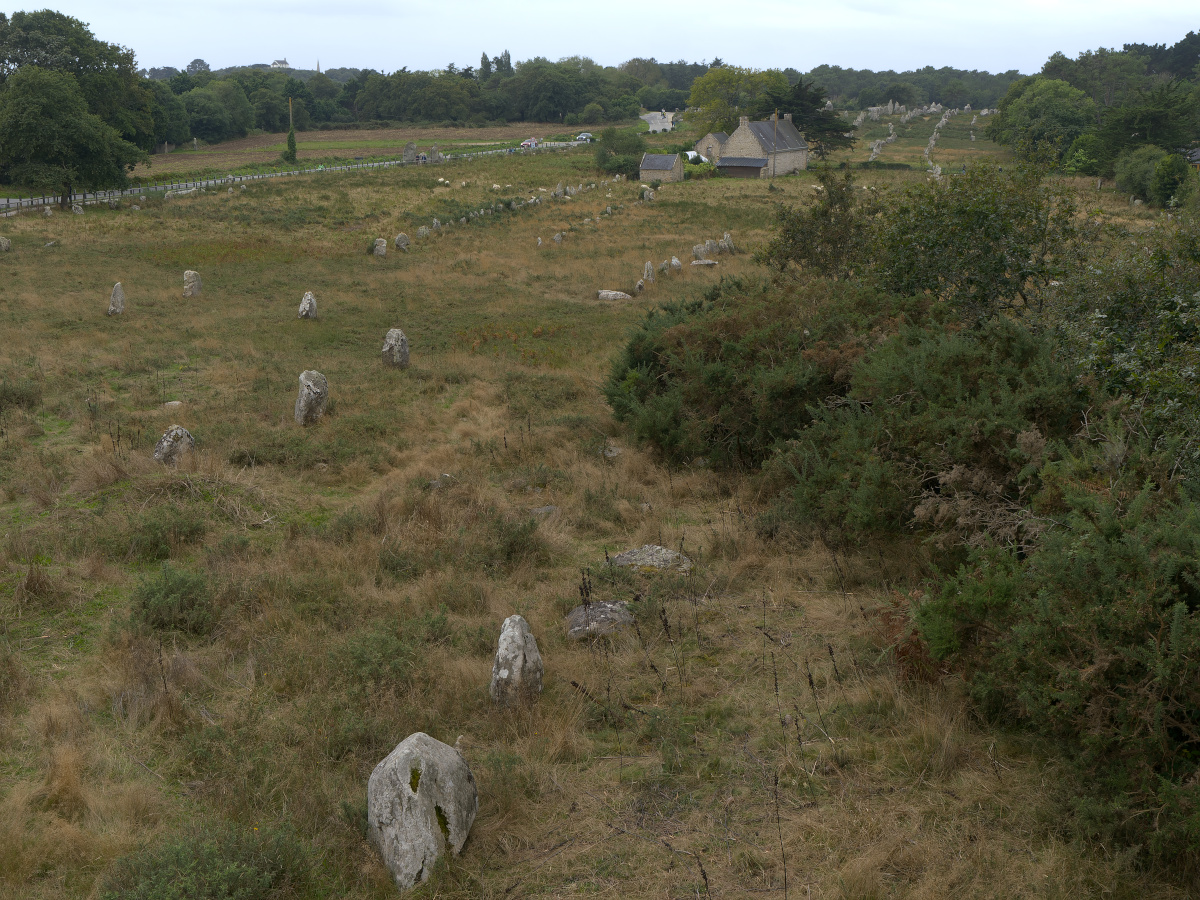
Part of the Carnac alignment.
Biking along rocks
So, we cracked out our Brompton bikes and over the next couple of days headed up into the hills to savour these Neolithic delights. To be honest, while the huge Carnac Alignment and its associated stones are all but bewildering in their scale, and that bewilderment is only amplified by the lack of any clear explanation as to what they were actually built for, it was the smaller mossy alignments, menhirs and dolmens that we felt left the biggest impression.
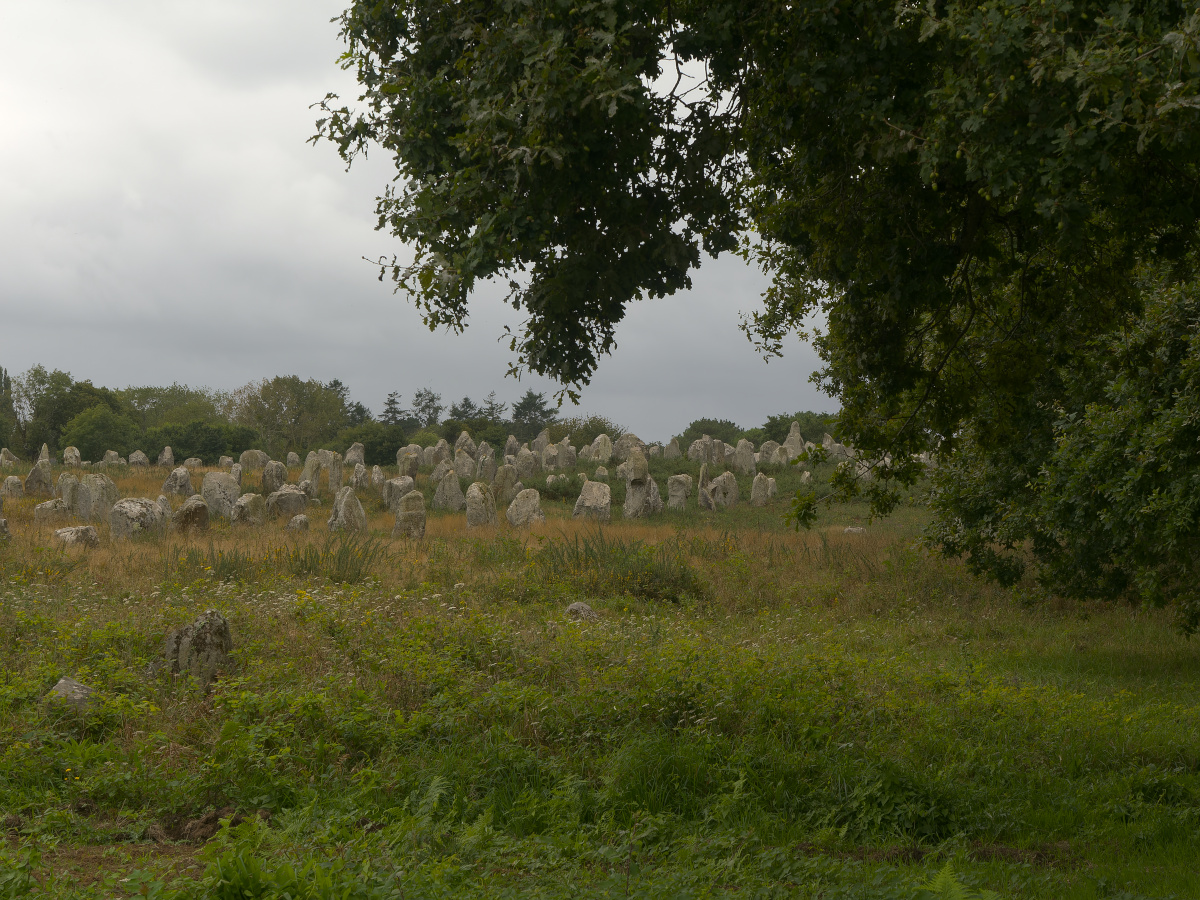
More Carnac alignment.
While some of these, such as the Alignements du Petit-Ménec, are marked and visited, others, though marked on maps, were not necessarily marked on the ground. This meant that in a couple of instances we had to bush-bash our way through scrub to find them.

The official entrance to Alignements du Petit-Ménec.
These lesser visited sites, from the Alignements du Petit-Ménec on down, were all set in forested surrounds and to varying degrees were overgrown by the surrounding vegetation.
The Alignements du Petit-Ménec.
Hidden quietly away under forest canopies, their mossy patched surfaces and the cooler, darker air gave them a very different, more distant, feel. Magic.

One of the more difficult-to-get-to dolmens.
Life must have been good
It was certainly fantastic to see these ancient structures and to wonder at the engineering and architectural feats they indicated were possible for European society 6000-3000 years ago. These Europeans were fresh out of the last Ice age, the last glacial maximum had been a scant 8000 years previously. Despite the newness of their landscapes and ecosystems, they were clearly making a sufficiently good living that they had the leisure time and the wherewithal to not only conceive of these huge megalithic structures but also to make them happen; to transport, work and manoeuvre stones weighing tens of tons sometimes kilometres to get them into position in these alignments, dolmens and tumuli.
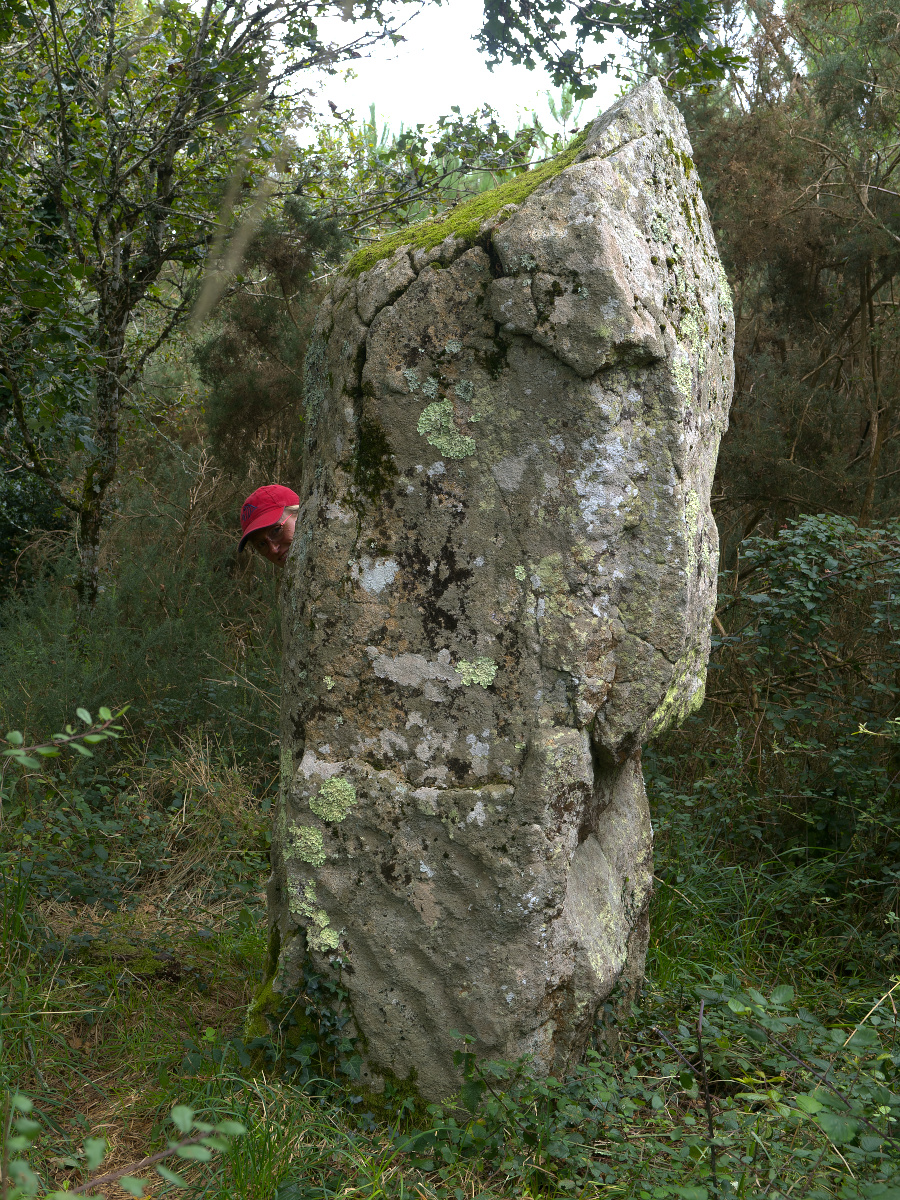
Someone should grow up…
It’s all relative
These are all pretty impressive feats, especially from our personal perspective; the two of us are probably only barely qualified to build sandcastles at the beach and have never even considered building tombs for ourselves. However, as impressive as these feats may seem to be, it’s worth remembering that at the beginning of the megalithic construction in Europe (ca. 4000 BCE), elsewhere in the world things were quite different.

And still more Carnac Alignment.
In Mesopotamia the Abiadian civilization, along with its complex permanent settlements, extensive irrigation systems, intricate artworks and token writing system was declining. It was eventually replaced by the Sumerians whom, at the height of megalithic construction in Europe (let’s say late in the 4th millennium BCE) were building massive temple structures, cities, had fully fledged writing, libraries and complex legal systems.
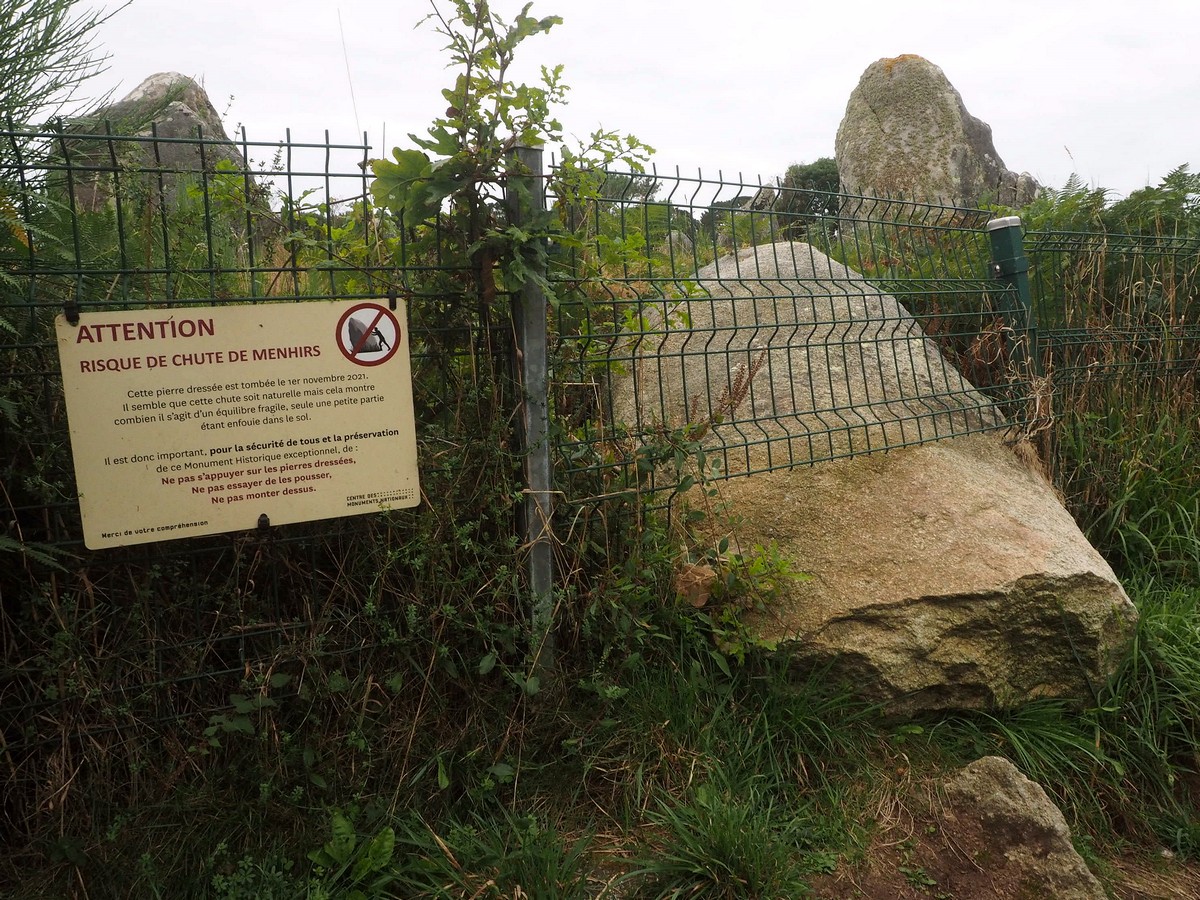
No leaning against menhirs.
It is just another reminder that it is really only just in the last 500 or so years that European culture has emerged from a relatively muddy and backwater state to rival the cultures of the Middle East and the East, particularly China and India, in terms of economics, learning and pretty much anything else other than brute force.
Tip: Carnac Prehistory Museum
All that said, should you ever have a chance to visit the Carnac Prehistory Museum don’t miss it. This fantastic little museum, packed with cleverly designed displays, offers a concentrated review of what we know about not just these puzzling structures but also of the life, culture and economics of this fascinating time in European history.

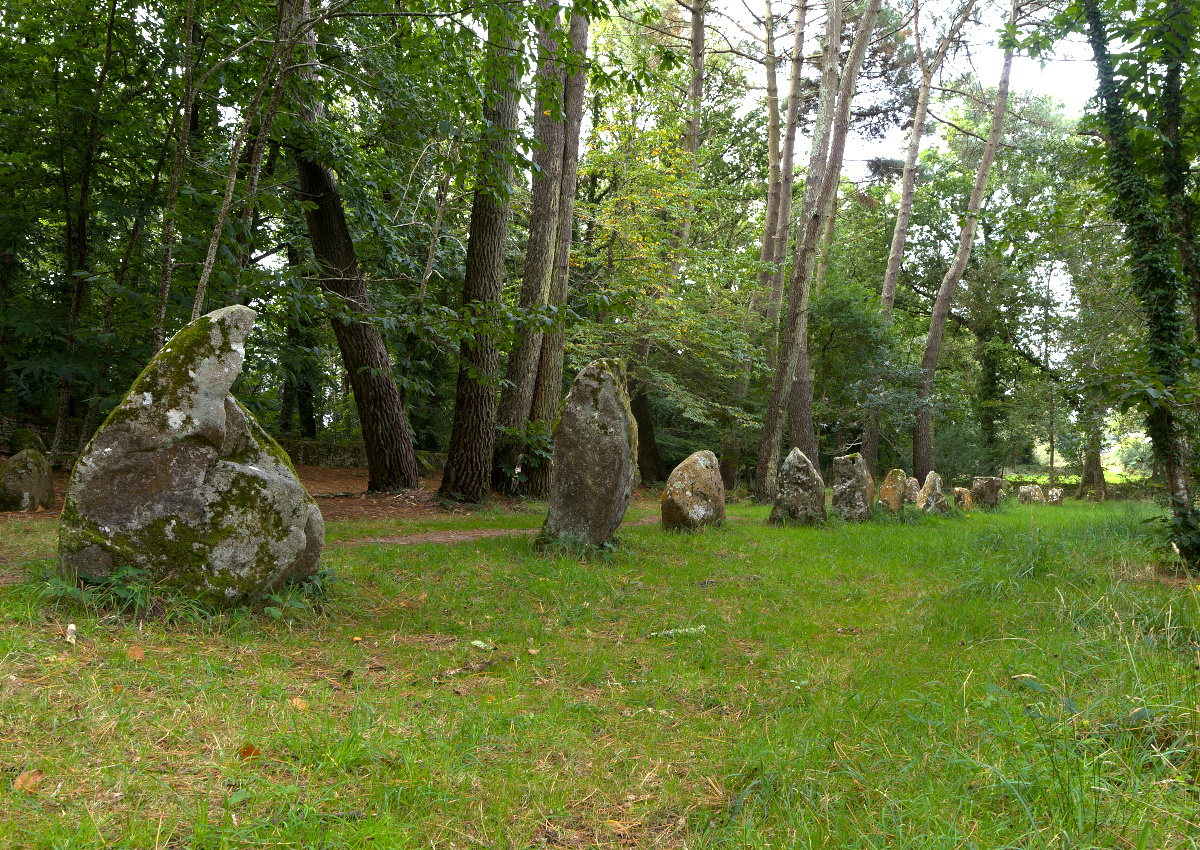




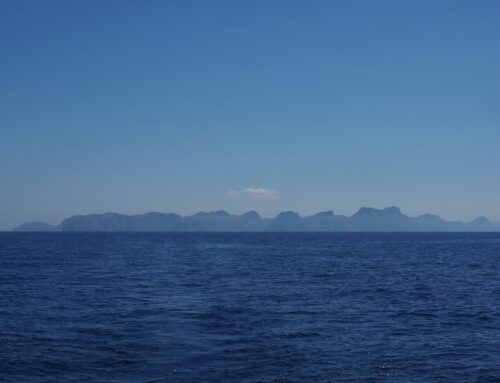
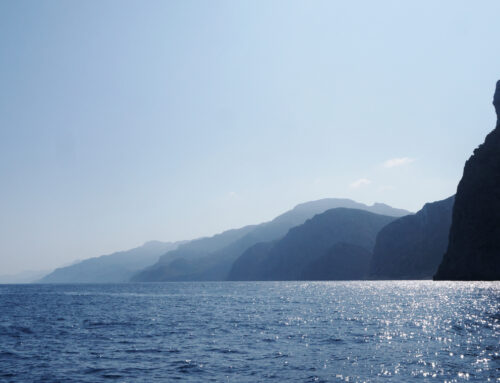
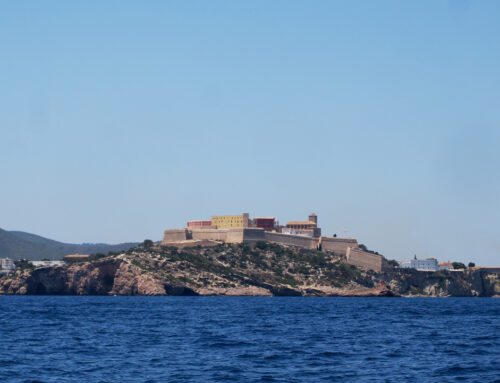
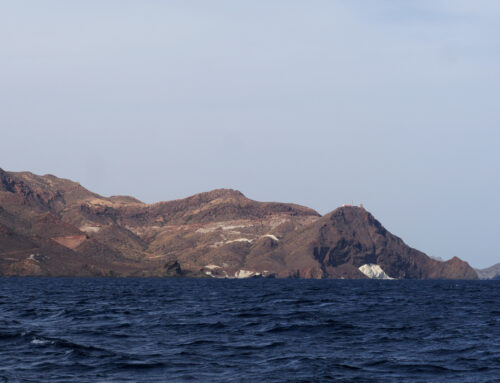
Prachtig. Heb ze ooit met de kinderen bezocht zo’n 20 jaar geleden. Wist niet dat er nog zoveel in het bos eromheen verborgen waren.